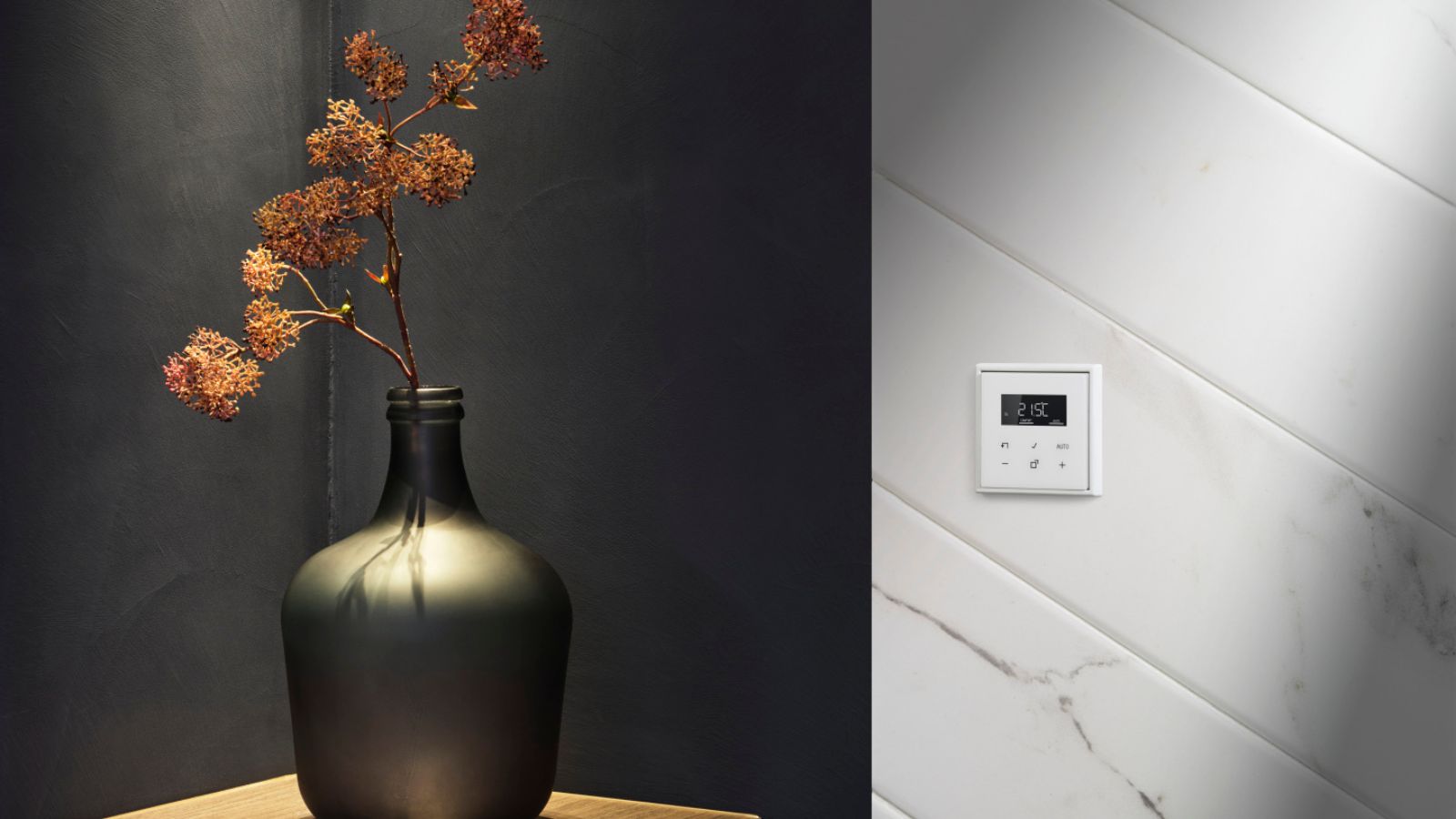
Most homes have hot and cold spots. Rooms, or even just corners, that feel a drastically different temperature to the rest of the space – especially if you live in an older home.
This is more than just an ambient annoyance, however. It can be a sign that your home insulation needs replacing, or that your heating or cooling system is not sufficient for your home.
I’m an energy expert with 20 years experience in the business. Here, I’ll explain how to eliminate hot and cold spots in your home, and what can be causing them, to help make your heating more efficient year-round.
How to eliminate hot and cold spots in your home
Ultimately, it comes down to energy efficiency. Roughly 30% of our energy use is wasted due to building inefficiencies like inadequate insulation ideas, gaps or cracks around windows and doors, or outdated HVAC systems. These issues lead to energy waste through temperature loss, causing hot/cold spots throughout your home as well as more expensive energy bills.
I'm Mike Naughton, owner of Integrity Energy and I know that fortunately, most of these issues can be remedied through regular maintenance, a little bit of DIY, or a home efficiency upgrade.
Whether you are trying to cut energy bills when heating a home in winter or cool down a room more efficiently in summer, eliminating hot and cold spots will make your home more comfortable throughout the year, no matter the weather. Here's how.
1. Insulate your home

Frequent or severe hot and cold spots in a home could be a sign that you need to replace your insulation. Especially common in older homes, inadequate or outdated insulation can make your home much colder than you’d prefer. Proper insulation is key to keeping your home warm all day in the winter and cool in the summer.
It essentially acts as an airlock for your home, retaining your home heating and cooling and reducing energy waste.
Fortunately, you no longer have to remove drywall to add insulation as many contractors can supplement insulation already present with expanding foam insulation.
Attic insulation and attic doors are often overlooked areas, and usually need more insulation. You may also want to increase insulation in the walls that your home shares with the garage. Learn when you to insulate above a garage, and when you're better off leaving it alone.
2. Seal up gaps
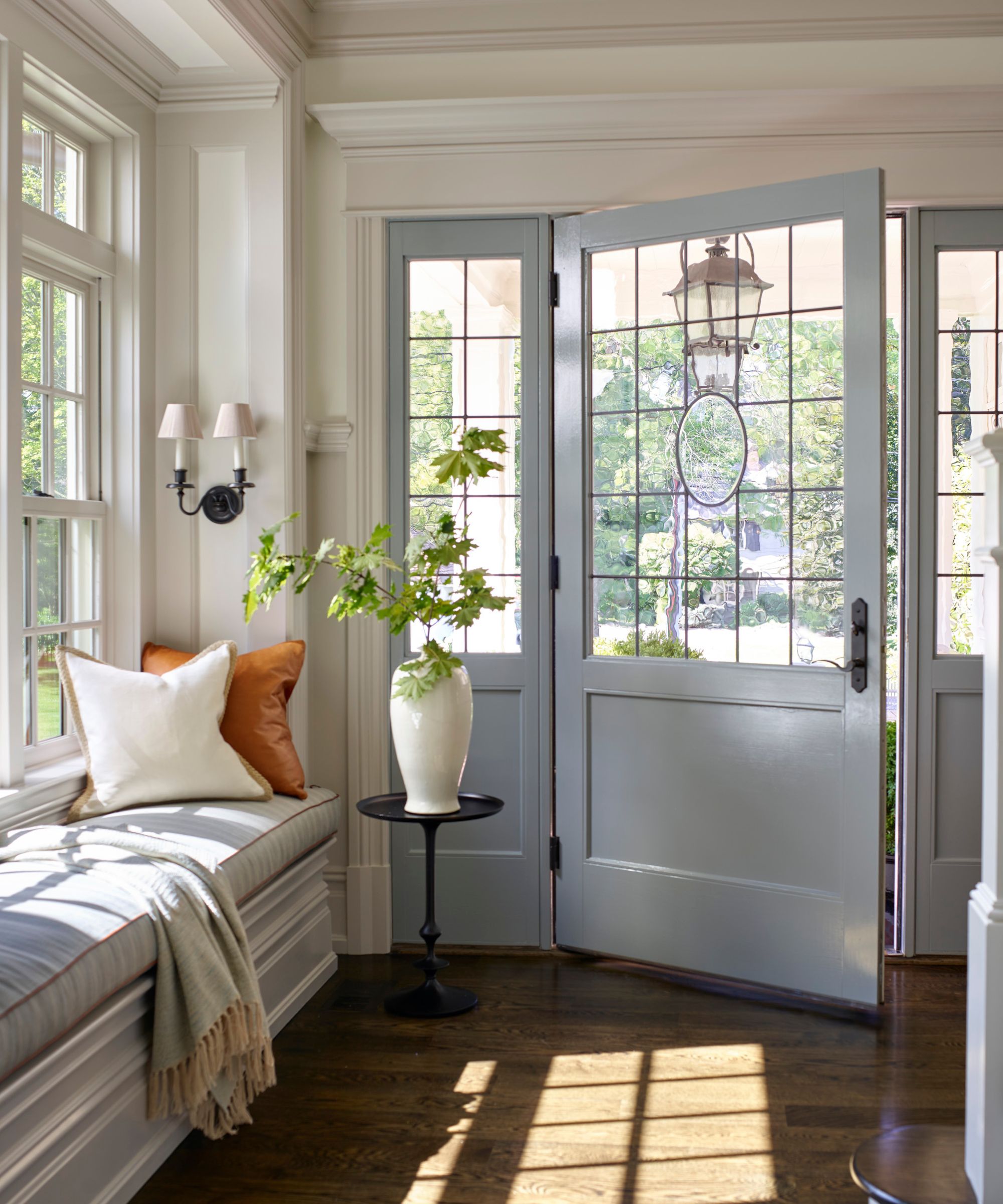
The most common contributor to cold spots and drafts are small gaps and cracks around your windows and doors. Fortunately, you can make a big difference with about $25 and a little elbow grease. Sealing window gaps and spaces around doors with weatherstripping or caulk is simple with our guides and draft proofing tips:
- Draft proof an entryway
- Draft proof a bathroom
- Draft proof a sun room
- Draft proof a fireplace
- Draft proof a door
- Seal window gaps
For additional draft protection, consider adding a draft stopper to your window sills and doors. Most draft stoppers only cost around $10-$20 each, making it a quick and easy investment that works.
All prices correct at time of publication.
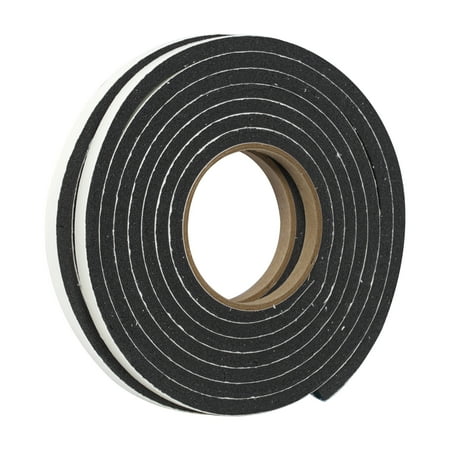
Foam weatherstrips adhere to the edges of windows and doors to provide tighter seals in frames to prevent drafts and air transfer.
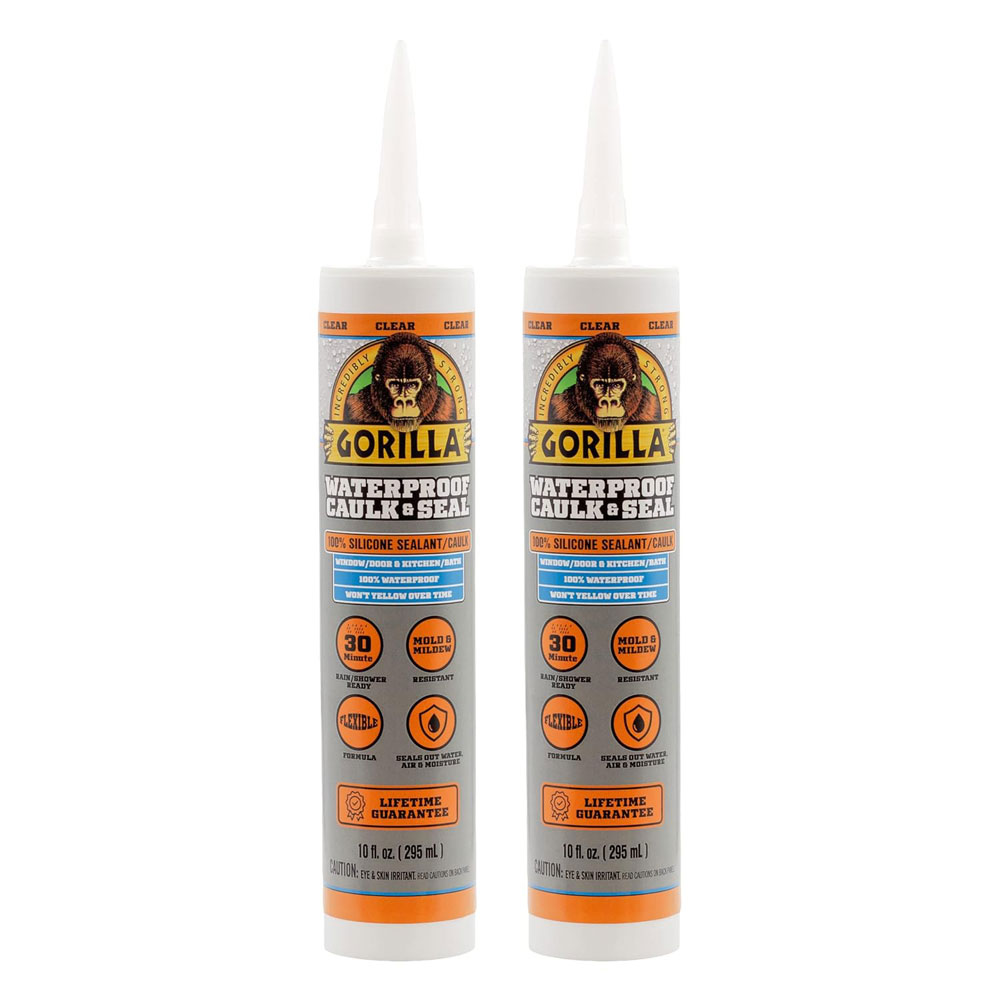
Perfect for sealing up any gaps around windows and doors, this caulk can be used both indoors and out, won't shrink and is even mold and mildew resistant. It is easy even for novices to use and dries in just 30 minutes.
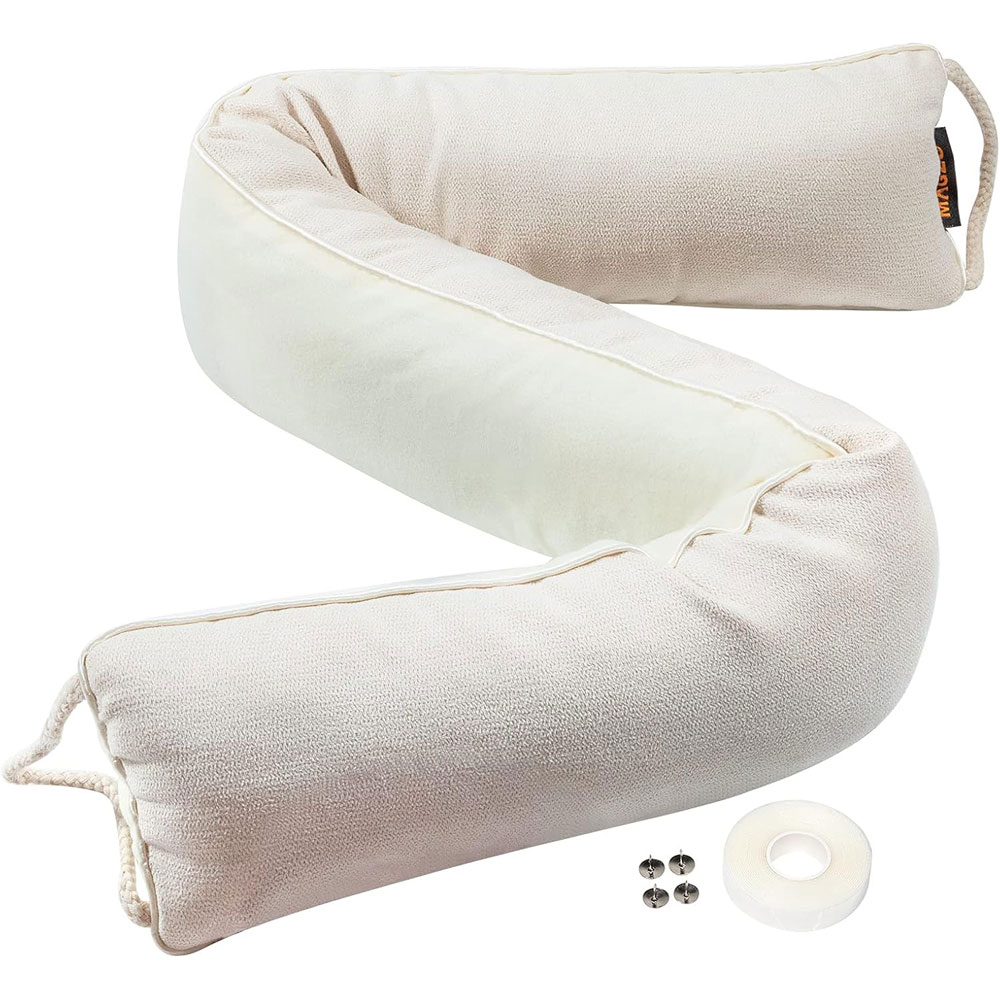
Although designed for use beneath doors, in order to keep out cold draft, this draft excluder could also be used beneath windows when placed on a sill. We love that it is machine washable too.
3. Upgrade your HVAC system
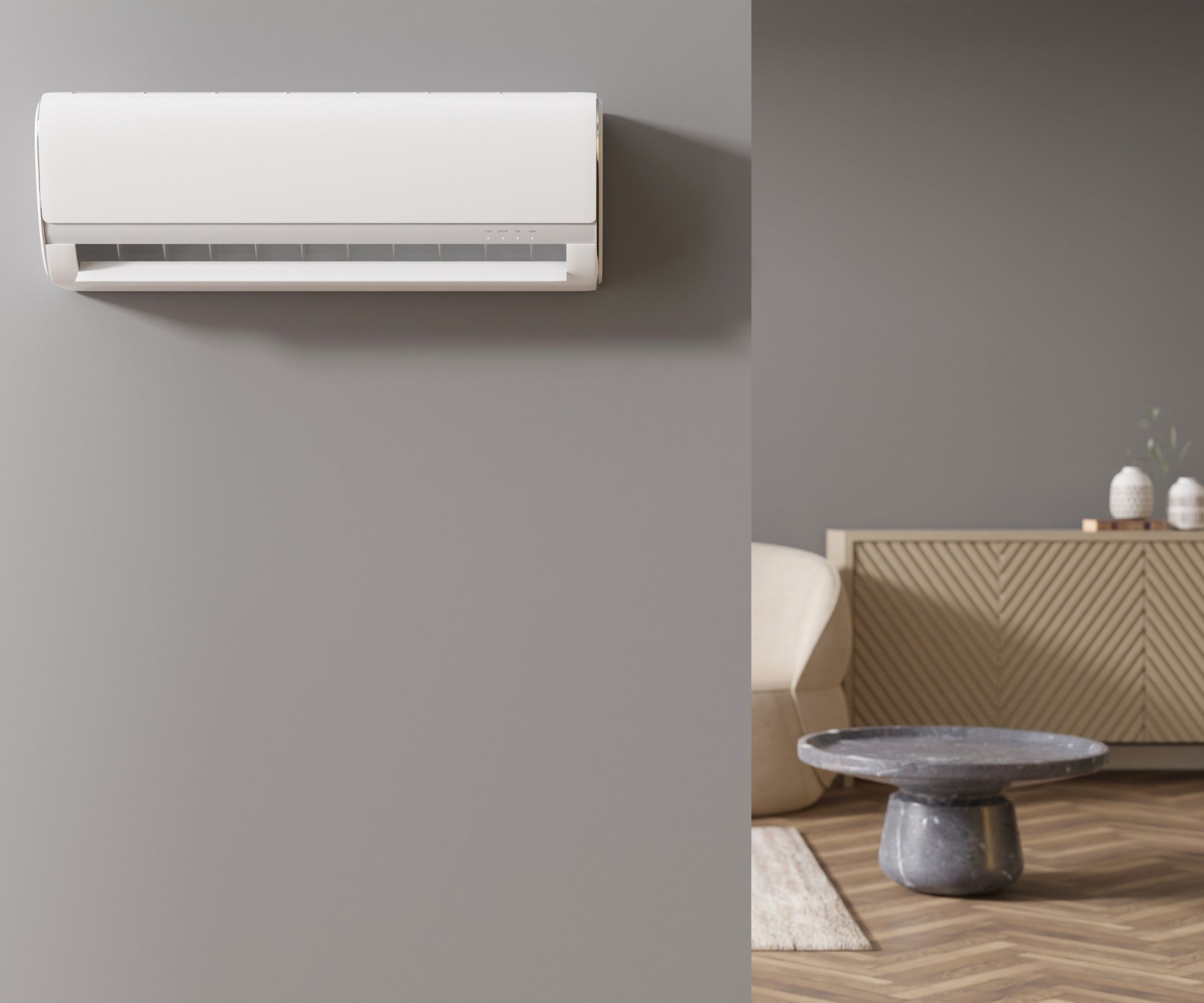
If your house is cooling unevenly, or not heating up despite DIY fixes, then it may be time to invest in a new HVAC system entirely.
If you’re in the market for a new home heating and cooling system, make sure it bears Energy Star certification. Energy Star is the government-backed symbol of energy efficiency, identifying high-performing systems and appliances that reduce your energy bills. If your HVAC system is more than 10 years old or not keeping your family comfortable, it’s likely time to upgrade.
Despite the large upfront cost, upgrading to an Energy Star-certified model can cut your home energy bills by $140 a year while improving the comfort of your home.
4. Clean and service your system
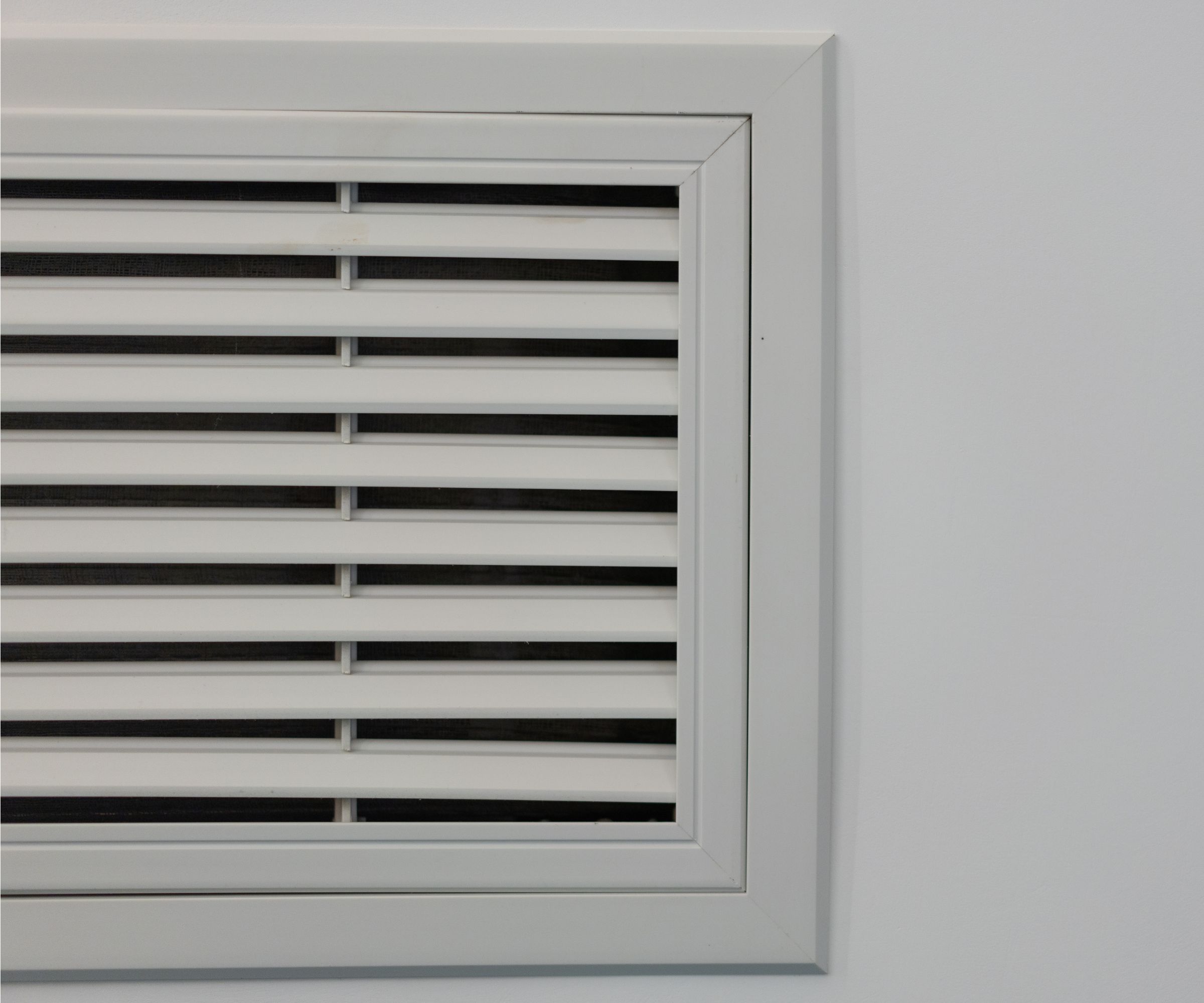
Another issue that could cause cold or hot spots throughout your home is blocked, dirty, or obstructed air vents and ducts.
Check over and clean your HVAC system regularly, including checking inside the ducts and vents and removing any clutter or debris. Additionally, make sure no vents are covered up by your furniture. This is a common cause of cold spots because the warm air can easily get trapped under couches, beds, or entertainment centers. Keeping vents clear of obstructions will make your home much more comfortable.
Now might also be a good time to consider how often you should get your HVAC system serviced. A professional service will ensure your system is working to maximum efficiency, and they may be able to point out the cause of hot and cold spots in your home. They can even alert you to minor faults you can fix now to avoid more urgent repairs in the future.
If you've been wondering whether you should close vents in unused rooms, the short answer is: no. Don't do it as it may damage the rest of your system.
5. Use a smart thermostat
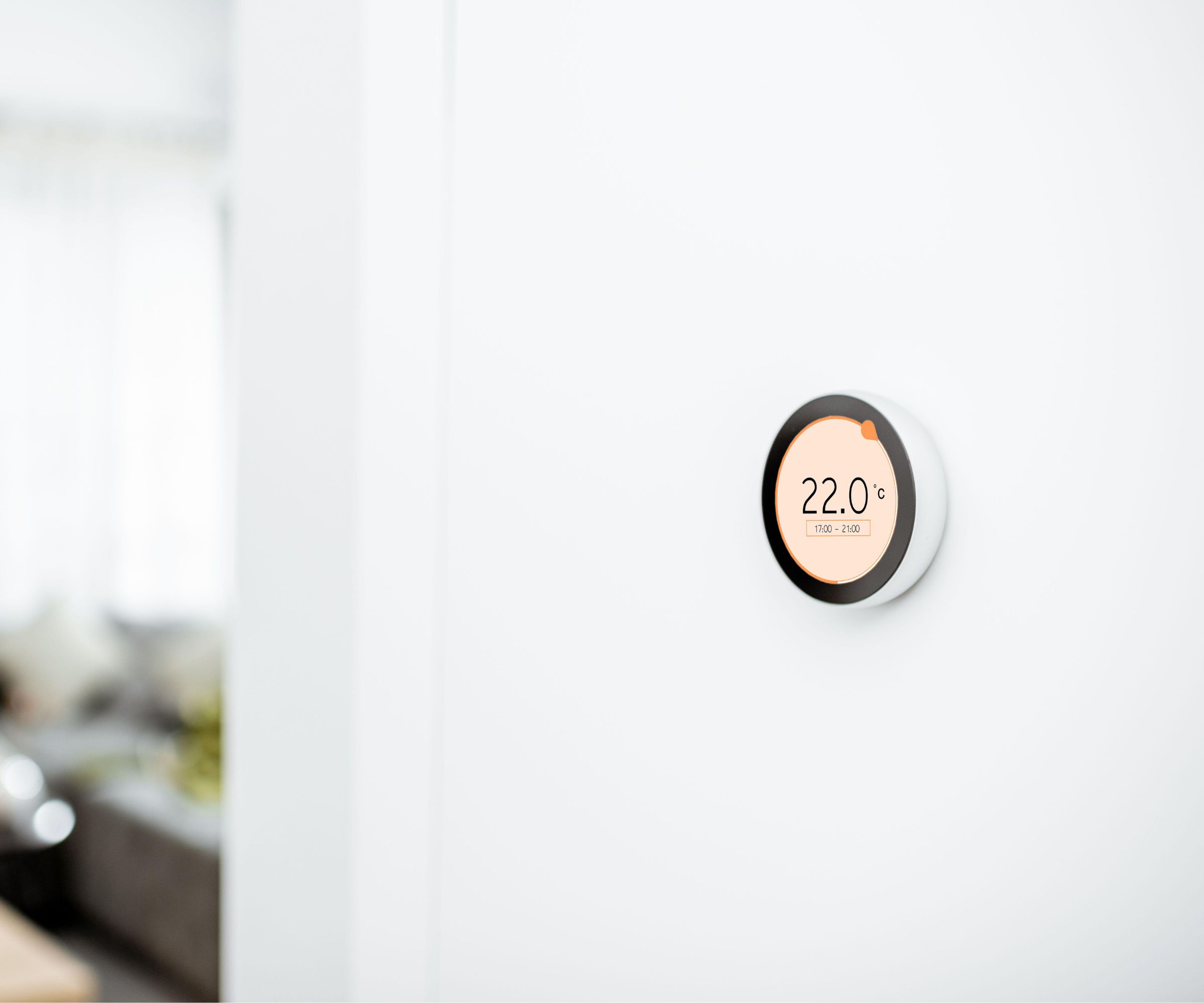
Sometimes hot and cold spots occur because of an outdated thermostat. Older technologies are much less efficient. Upgrading to a smart thermostat is a mid-range investment that can drastically improve the comfort of your home.
Smart thermostats learn your household’s schedule and preferences, helping you optimize your home heating and cooling by using zone heating techniques to add additional heat to the rooms you’re currently using.
Additionally, you can program your heating and cooling to match your daily schedule, creating automated temperature setbacks that save money. Most smart thermostats cost between $150-$500, depending on the complexity of their smart features. This smart upgrade can help homeowners save up to $180 a year in energy expenses.
Head of Solved, Punteha van Terheyden, found switching from an analogue thermostat to a smart digital one reduced her energy bills by hundreds of dollars and kept her entire home comfortable through the winter.
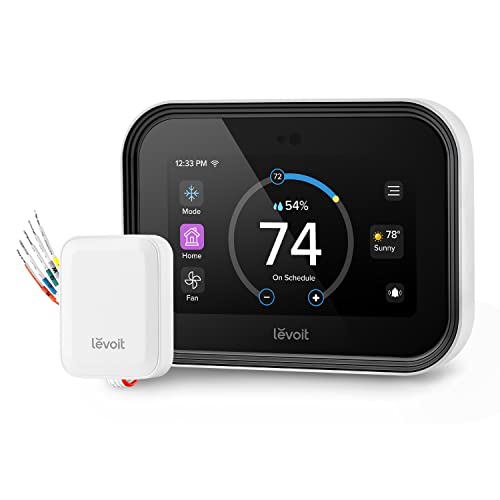
With customizable routines that conserve energy when you’re away and daily energy reports, you can create a greener home and reduce your energy costs with this smart thermostat.
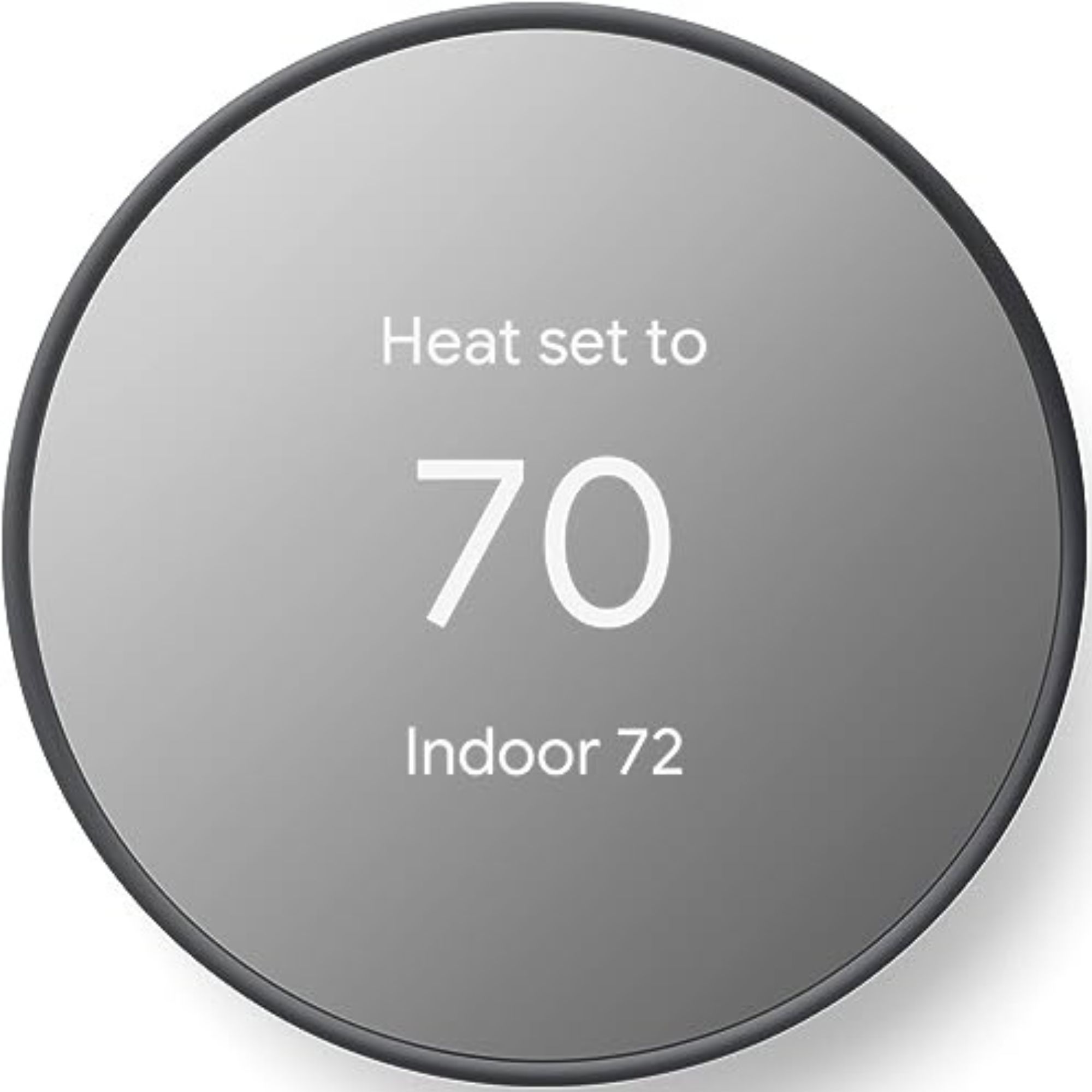
This smart thermostat works with both heating and cooling systems for greater temperature control year round.
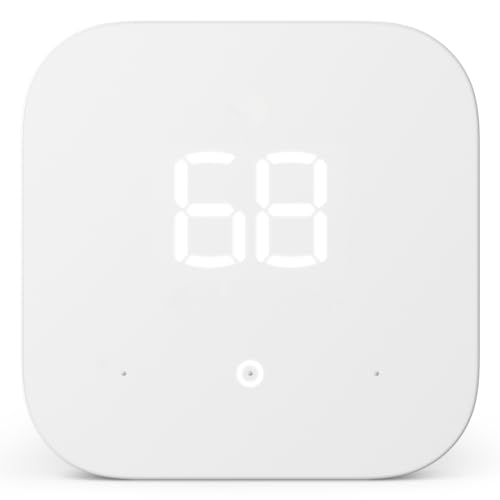
Compatible with Alexa and Ring security, this smart thermostat is perfect for integrating into existing smart home set ups.
6. Place a thermostat properly

One of the most common thermostat mistakes people make is putting them in the wrong place. Putting a thermostat in a particularly drafty spot, such as by a window or your front door, or conversely putting it in a very warm place like above a heating vent, will cause your heating and cooling systems to come on unnecessarily.
The best place for your thermostat is in a central part of your home on an interior wall of a room that is used frequently, away from obstructions and vents for accurate readings.
7. Use a fan to distribute air
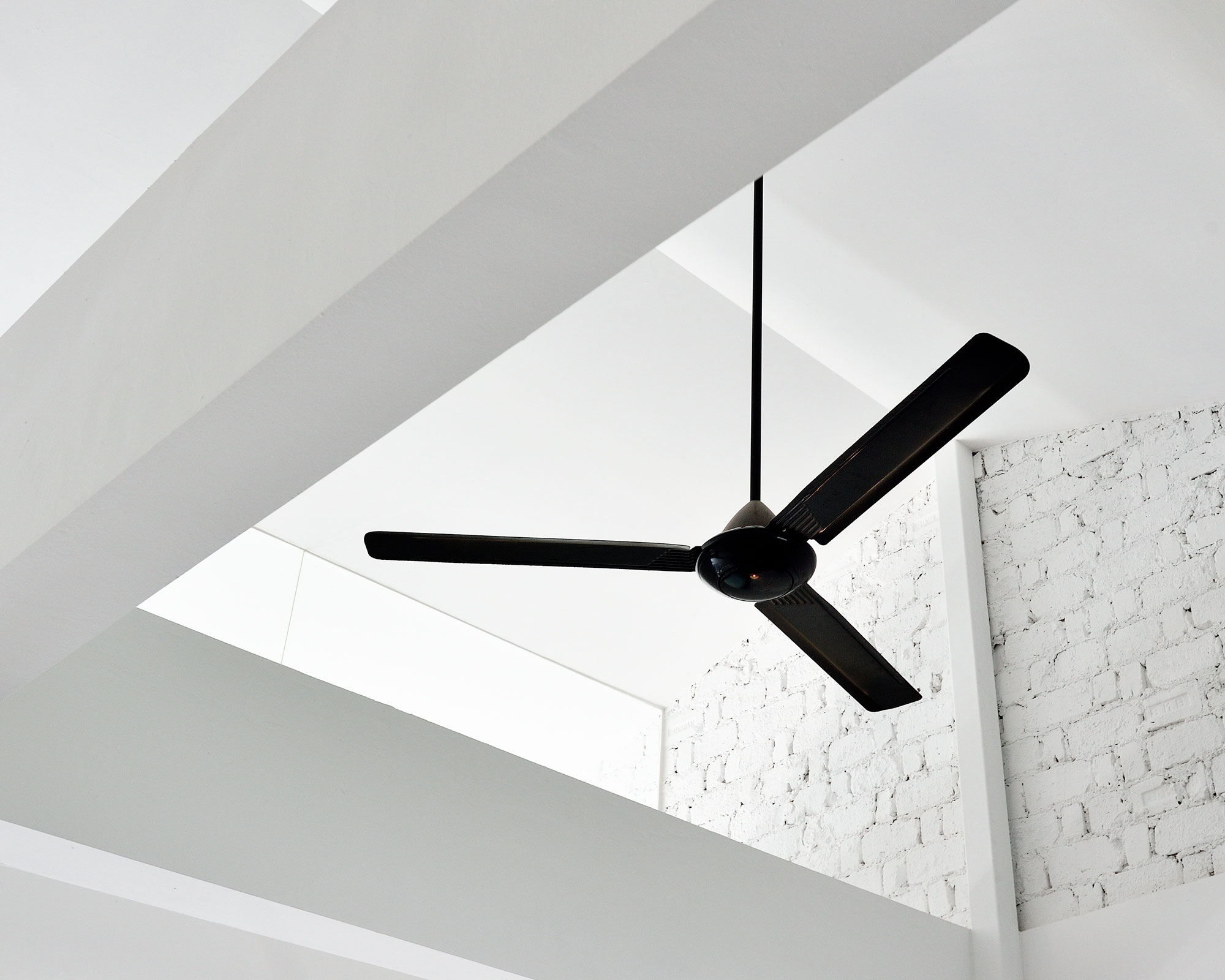
We usually only think of using fans in the summer when we want to cool a room with fans. However, they can also be used to push warm air around a space and eliminate hot and cold spots.
If certain areas of your home have uncomfortable cold spots, your ceiling fans can improve the comfort of your home. While it sounds counter intuitive to use a ceiling fan in the winter, you can simply adjust some settings for surprising results.
All ceiling fans have a switch that changes the rotations of the fan blades. In the winter, flip the switch so your fan blades run clockwise. A clockwise rotation on a low-speed setting will help circulate warm air trapped against your ceiling. In the summer, flip the switch back counterclockwise for more cooling effects.
8. Choose the right window coverings
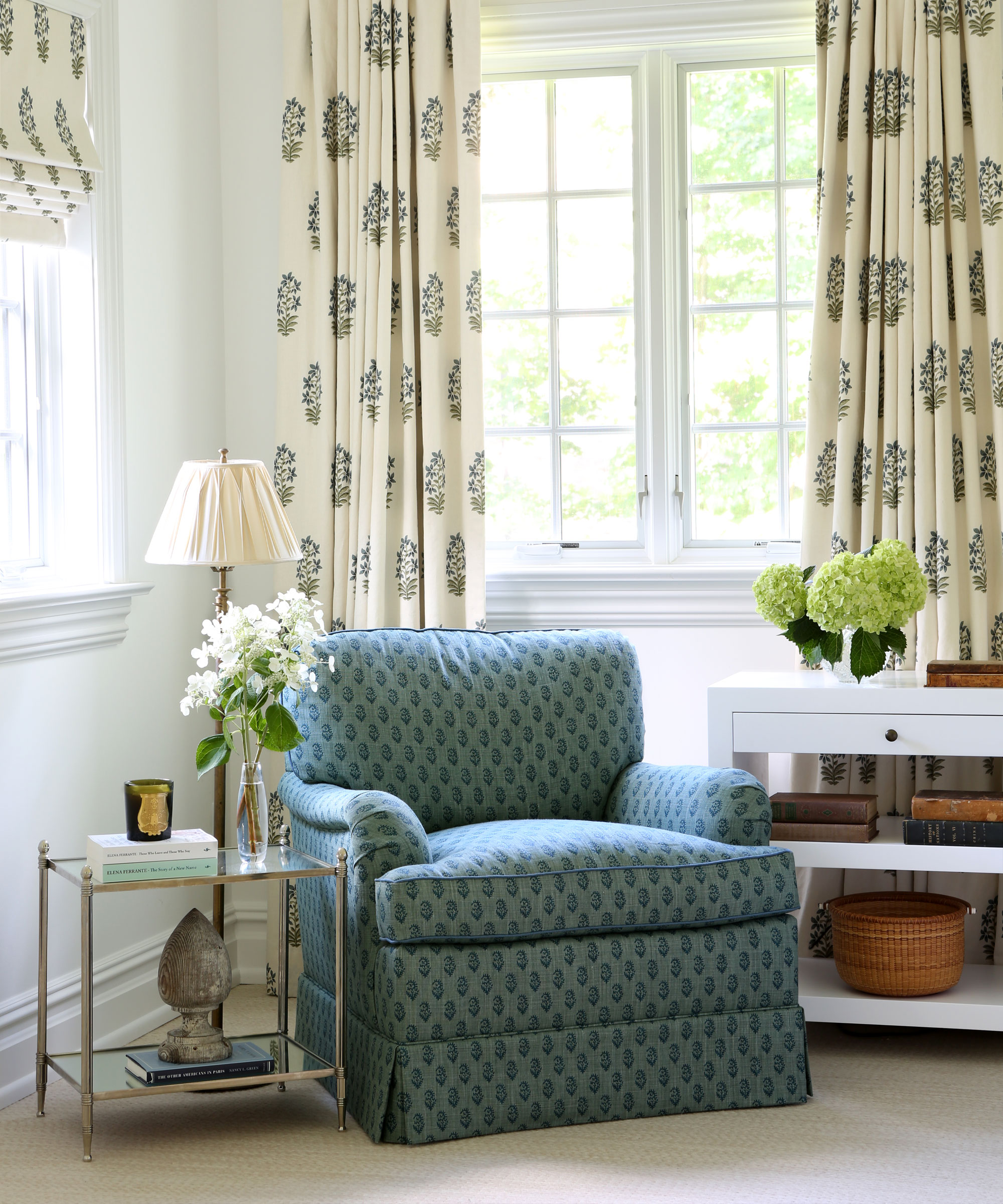
Your window treatment ideas do more than complete your decorating scheme. If certain rooms of your home are always cold, especially North-facing rooms, the proper window coverings can make a big difference.
Opt for insulating cellular shades, [available at Walmart] which have a honeycomb shape that creates an additional insulating barrier to help reduce heat loss through your windows by 40% or more. This can then reduce your home heating costs by about 10%.
Improve your window insulation even further with floor-length drapes. Thermal blackout curtains [also at Walmart] or heavier-weighted fabrics can also improve heat retention while adding style to your home.
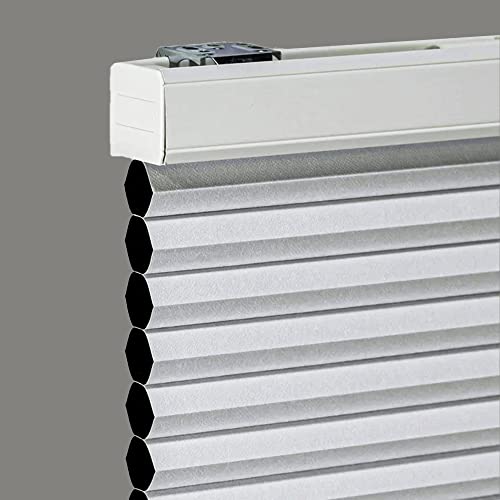
This insulating shade helps to keep heat in and cold air out, while also locking out light. The design is cordless, too, making them ideal for homes with pets or young children.

This product applies crystal clear and is highly durable, tight, and wrinkle-free to help add an extra layer of thermal protection against cold air in winter.
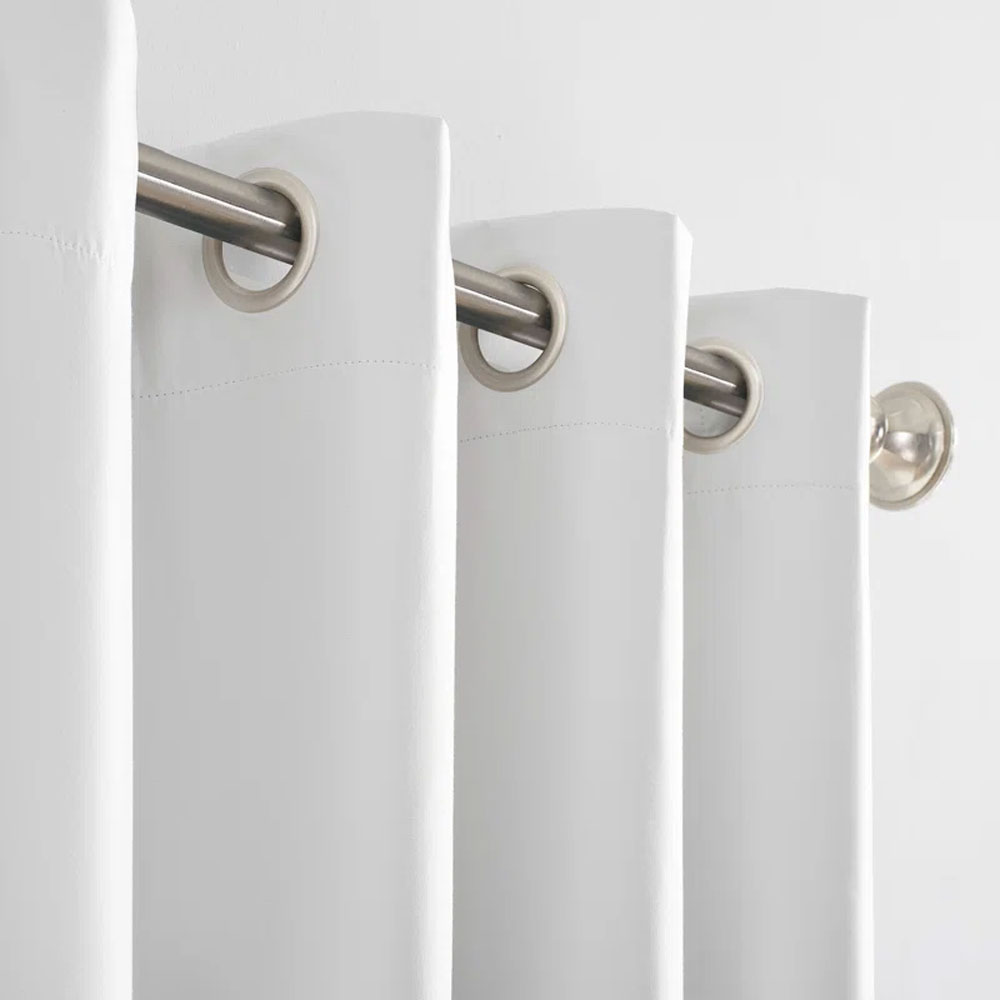
These curtains will not only keep out drafts and chills, but they'll also come in handy during the summer months when it comes to preventing overheating. They come in a range of colors and, even better, are machine washable.
These quick tricks to eliminate hot and cold spots around your home will also help to keep your home warm without turning up the heat while blocking out hot humid air in the height of summer, making them a worthy monetary and time investment for any property, regardless of where you live.







